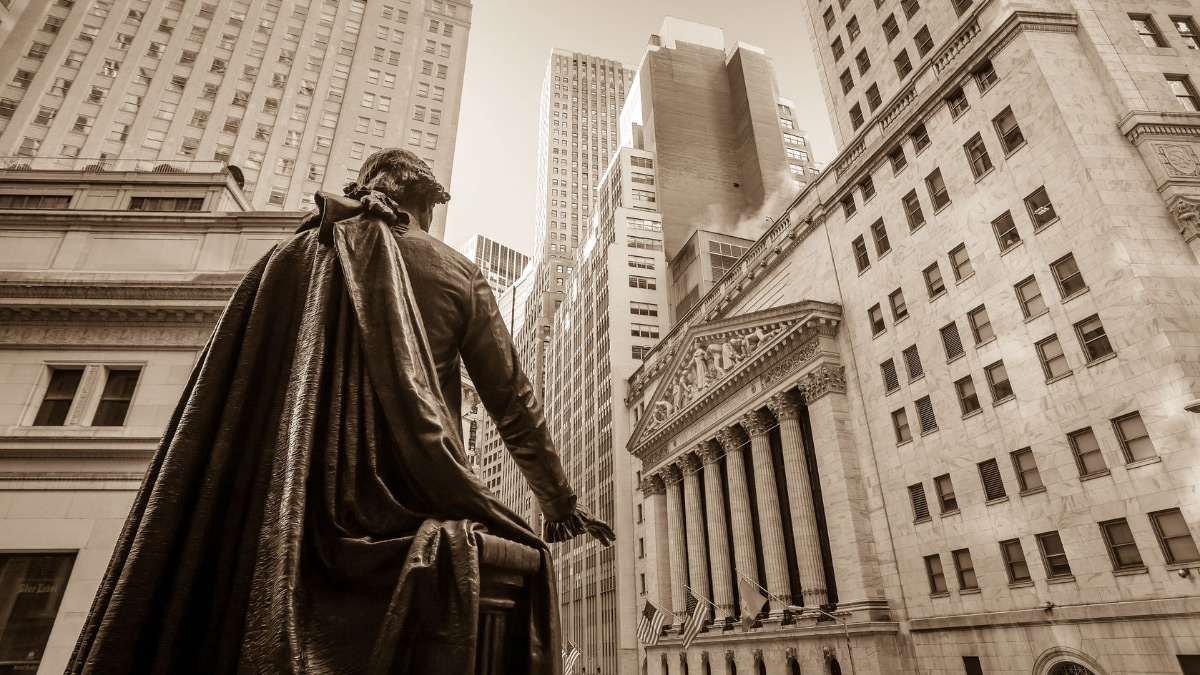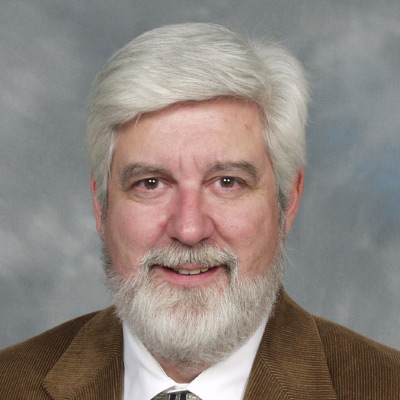Ronald Harry Coase was born in a London suburb in 1910. He was educated at the London School of Economics from 1929 through 1932, studying industrial law with the intention of becoming a lawyer. But that changed after his exposure to Professor of Commerce Arnold Plant, who came to the London School of Economics from a position in Cape Town, South Africa, in 1930. Plant’s influence put Coase firmly on the road to becoming an economist and also shaped his attitude that economic theory is fine as long as it’s grounded in reality.
During 1931–32, Coase traveled to the United States on a scholarship to study the structure of American industry. This study became the basis for Coase’s lifetime fascination with industrial organization and his later work on the nature of firms and their costs.
After leaving the London School of Economics, Coase held a series of teaching positions: at the Dundee School of Economics and Commerce (1932–34), the University of Liverpool (1934–35) and the London School of Economics (1935–51). Immigrating to the United States in 1951, Coase taught first at the University of Buffalo, then joined the faculty of the University of Virginia in 1959. He moved to the University of Chicago in 1964, remaining there until 1982. He was awarded the Nobel Memorial Prize in Economic Sciences in 1991.
Coase’s central contributions to modern economic theory are recorded in two seminal articles published in the University of Chicago’s Journal of Law and Economics—“The Federal Communications Commission” (1959) and “The Problem of Social Cost” (1960)—as well as in an earlier article, “The Nature of the Firm,” published in Economica (1937). In “The Nature of the Firm,” Coase explained that firms exist because they reduce the transaction costs that emerge during production and exchange, capturing efficiencies that individuals cannot.
Coase was heavily influenced by Frank Knight’s monumental Risk, Uncertainty, and Profit and Philip Wicksteed’s The Common Sense of Political Economy. The former inspired his interest in institutions and the structure of productive process. The latter led him to study constrained optimization problems, that is, choices that are constrained by costs, information, market prices and uncertainty.[1]
In his article about the Federal Communications Commission, Coase showed economists the crucial importance of institutional property rights and how their presence or absence influences the efficient allocation of scarce resources. In that paper, Coase first put forward what has come to be known as the Coase Theorem, the idea that in the absence of transaction costs, any initial property rights arrangement leads to an economically efficient outcome.
This stance was so counterintuitive that the journal editors asked Coase to retract or modify it. Coase refused to modify the article but did agree to defend himself at a history-making meeting at journal editor Aaron Director’s home in Chicago. Also present and ready to question Coase were Rueben Kessel, Milton Friedman, Martin Bailey, Arnold Harberger, Gregg Lewis, John McGee, Lloyd Mints and George Stigler, as formidably skeptical an audience as any economic theorist has probably ever faced. At the end of that evening, not only was Coase still standing, but the participants had conceded his essential point. That point was systematically reiterated in one of the mostcited economics articles ever published, “The Problem of Social Cost” (1960).
Using examples from English common law, Coase methodically demonstrates that regulatory interventions can, under certain conditions, lead to less economically efficient outcomes than markets alone would create. This contrasts with the contention A. C. Pigou first put forth in The Economics of Welfare (1920)—that government regulation enhances efficiency by correcting for claimed imperfections, which Pigou called market failures.
Coase gets his results with an assumption of zero transaction costs, but his analysis rests also on a particular view of torts quite different from Pigou’s. In the Pigouvian case, party A harms party B by engaging in trades with party C (and/or D ...n). It is a clear case of black and white hats, for party B is seen as an innocent bystander who is suffering a negative externality (cost) from party A’s action(s). For Coase, a tort occurs only because there are conflicts over resource use and all parties can harm each other. Thus, to stop party A from harming party B is akin to harming party A. In this Coasian world, the assignment of property rights does not matter in terms of the efficient economic outcome because the parties will bargain their way to the same outcome regardless of how property rights are assigned, that is, regardless of who gets to sue whom. (See the box titled “A New Approach to Understanding Social Cost.”)
Coase’s analysis of the theory and history of torts, combined with his assumptions about what the legal system ought to do in cases of conflict over resource use—maximize economic efficiency and thus societal wealth rather than punish specific conduct—created a huge boost for the then-young field we now call law and economics. It also created a strong pro-market bias in cases where prior theorists—most notably Pigou—had crafted regulatory responses to perceived examples of market failure.
After his successful presentation to Chicago’s top social theorists, Coase was offered a position at the University of Chicago, where he edited the Journal of Law and Economics from 1964 to 1982. Under his editorship, the journal became one of the economics profession’s most influential forums. He was the first president of the International Society for New Institutional Economics, which was founded in 1996, and he remains Clifton R. Musser Professor Emeritus at Chicago’s law school.
Coase’s study of positive transaction costs in economic exchange led him, and by extension the entire economics field, to a remarkable conclusion:
I explained in “The Problem of Social Cost” that what are traded on the market are not, as is often supposed by economists, physical entities but the rights to perform certain actions, and the rights which individuals possess are established by the legal system.[2]
For our understanding of why firms exist, why institutions have evolved as they have and how this shapes public policy, we owe a large debt to Ronald Coase.
Notes
[1]Cheung, Steven N. S. (1987), “Ronald Harry Coase,” in The New Palgrave: A Dictionary of Economics, vol. 1, ed. John Eatwell, Murray Milgate and Peter Newman (New York: Stockton Press), 455–57.
[2]Coase, Ronald H. (1937), “The Nature of the Firm,” Economica 4 (November): 386–405.








